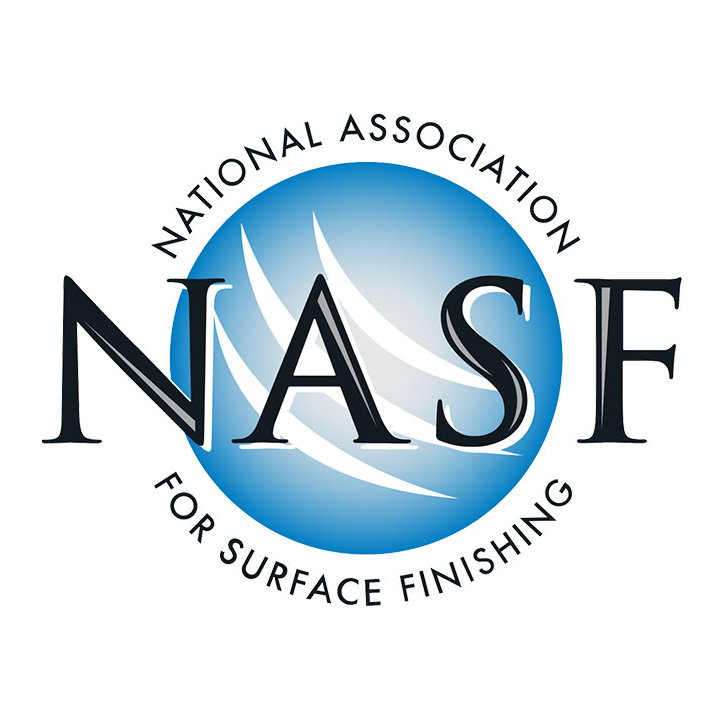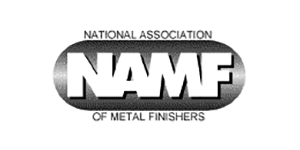Is Zinc Plating the Same As Galvanized? Understanding the Difference
Is Zinc Plating the Same As Galvanized?
Zinc plating and galvanizing are both popular methods for protecting steel from corrosion, but they are not the same process. While they share the common goal of rust prevention, the way they’re applied and the environments they’re best suited for vary significantly. At Bass Plating Company, we help clients choose the most effective finish based on their application, performance needs, and budget.
What Is Zinc Plating?
Zinc plating, also known as electroplating, is an electrochemical process in which a thin layer of zinc is applied to a metal surface by immersing it in a zinc salt solution and passing electric current through it. This creates a bright, smooth finish and provides sacrificial corrosion protection—meaning the zinc corrodes before the base metal.
Zinc plating is ideal for:
- Indoor or lightly exposed environments
- Components requiring tight dimensional tolerances
- Aesthetic applications (bright, clean finish)
- High-volume production with fast turnaround
What Is Galvanizing?
Galvanizing involves coating steel with zinc using a hot-dip method, where the part is submerged in molten zinc. The process forms a much thicker zinc layer that metallurgically bonds to the steel, creating a rugged, matte-gray appearance.
Hot-dip galvanizing is best for:
- Outdoor environments or extreme weather
- Structural steel, fencing, and utility poles
- Applications where finish aesthetics are secondary to performance
- Long-term protection with minimal maintenance
Other galvanizing methods include pre-galvanizing (done at the mill) and electro-galvanizing, which overlaps with zinc plating in some industrial terminology but differs in layer thickness.
Key Differences Between Zinc Plating and Galvanizing
While both zinc plating and galvanizing serve the purpose of corrosion protection, they differ greatly in how they’re applied, their appearance, durability, and best-use scenarios.
Zinc plating is applied through an electroplating process that produces a thin, smooth, and often bright finish. It's ideal for smaller parts, high-volume runs, and components that require precise dimensions. The layer of zinc applied is relatively thin—typically between 5 to 25 microns—making it more suitable for indoor or lightly corrosive environments. Zinc plating is commonly enhanced with chromate conversion coatings to improve corrosion resistance and add color (such as clear, yellow, black, or olive drab).
Galvanizing, on the other hand, typically refers to hot-dip galvanizing, where steel parts are submerged in molten zinc, resulting in a much thicker and more rugged coating. This process forms a strong metallurgical bond between the zinc and the steel, creating a matte-gray finish that’s rougher and less uniform than plated parts. Galvanized coatings can be over 100 microns thick, offering superior corrosion resistance, especially in harsh outdoor environments. This makes galvanizing ideal for large structural parts like fencing, signposts, beams, and farm equipment that will face prolonged exposure to the elements.
In terms of cost, zinc plating tends to be less expensive upfront, especially for small parts in large quantities. However, galvanizing may provide better long-term value in applications where maximum durability and minimal maintenance are required. The choice ultimately depends on the service environment, function of the part, and budget considerations.
Which Is Better?
Neither zinc plating nor galvanizing is universally “better”—it all depends on the application:
- For fasteners, fittings, and precision parts used indoors or under the hood, zinc plating is ideal.
- For guardrails, agricultural equipment, and outdoor infrastructure, galvanizing offers unmatched durability.
At Bass Plating, we specialize in high-volume zinc plating with a variety of finishes, including clear, yellow, black, and olive drab chromates. While we don’t offer hot-dip galvanizing, we often work alongside galvanizers when a project calls for both fine-detail plated parts and large-scale galvanized components.
Can Zinc Plating Replace Galvanizing?
In certain low- to medium-exposure applications, thick zinc plating with quality chromate and topcoat systems can approach the performance of galvanizing—but not always. For extreme outdoor environments, galvanizing remains the more robust solution.
Our team can help you determine the appropriate finish by considering:
- Expected service life
- Exposure to moisture, salt, or chemicals
- Budget and production volume
- Aesthetic or dimensional requirements
Choosing the Right Protection for Your Project
At Bass Plating Company, we’ve been helping engineers, OEMs, and fabricators protect their products for over 70 years. Whether you need fast, consistent zinc plating or advice on whether plating or galvanizing is more appropriate for your application, we’re here to help.



